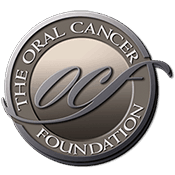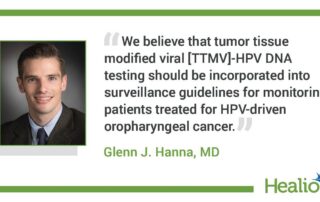Head and Neck Cancers: Understanding Risk Factors, Advances in Treatment, and the HPV Vaccine.
Author: John Fernandez Source: baptisthealth.net The classification is known as “head and neck cancers” — but these cases don’t involve the brain and spine. They do involved just about everything else above the collarbone. April is Head and Neck Cancer Awareness Month, when cancer specialists take extra time to remind the public of the top risk factors: tobacco, alcohol, sun exposure and HPV (human papillomavirus). It’s also the time of year when specialists relay the importance of screenings and healthy living. That’s because head and neck cancers are preventable, said Geoffrey Young, M.D., Ph.D., chief of head and neck surgery at Miami Cancer Institute, part of Baptist Health. Head and neck cancers are more treatable today. “There are been significant developments in surgery, radiation therapy and systemic therapy,” explains Dr. Young. “These include transoral robotic surgery, targeted proton radiation, and immunotherapy. All are changing the face of head and neck cancer with new protocols and clinical trials coming out every day.” Head and neck cancers can involve the mucosal lining of upper aero-digestive tract, including nasal cavity/sinuses, oral cavity (tongue, palate, gums), pharynx (back of the throat) and the voicebox (larynx). Head and neck cancer specialists also treat salivary gland cancers, skin cancers and thyroid cancers. “The treatment of head and neck cancer is very complex and multidisciplinary consultation with head and neck surgery, medical oncology, and radiation oncology is often necessary,” adds Dr. Young. The HPV Vaccine Over the last few years, HPV has been making headlines because of the promising development [...]

